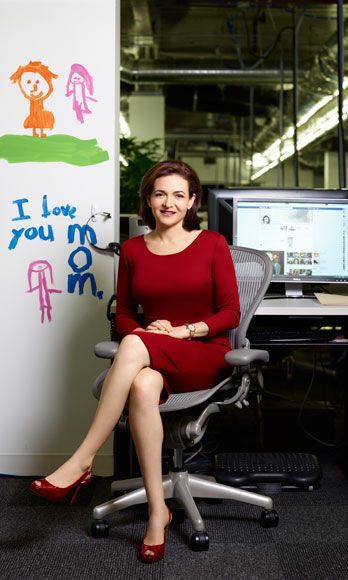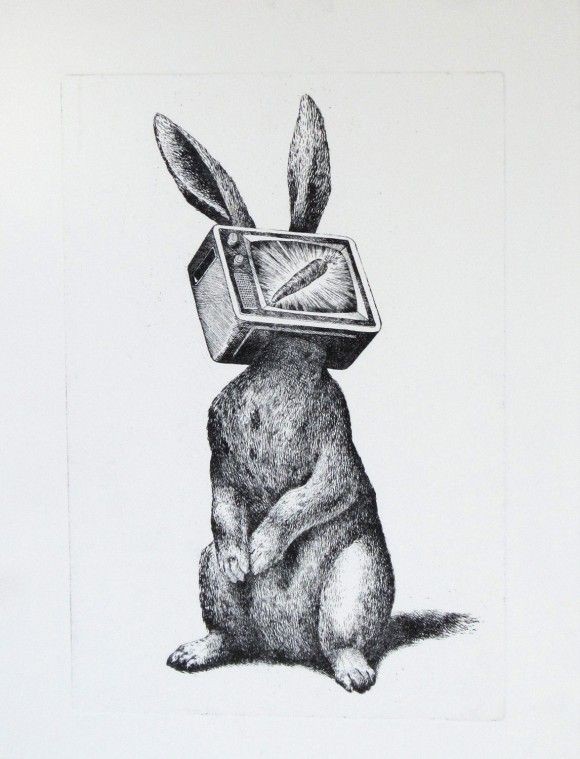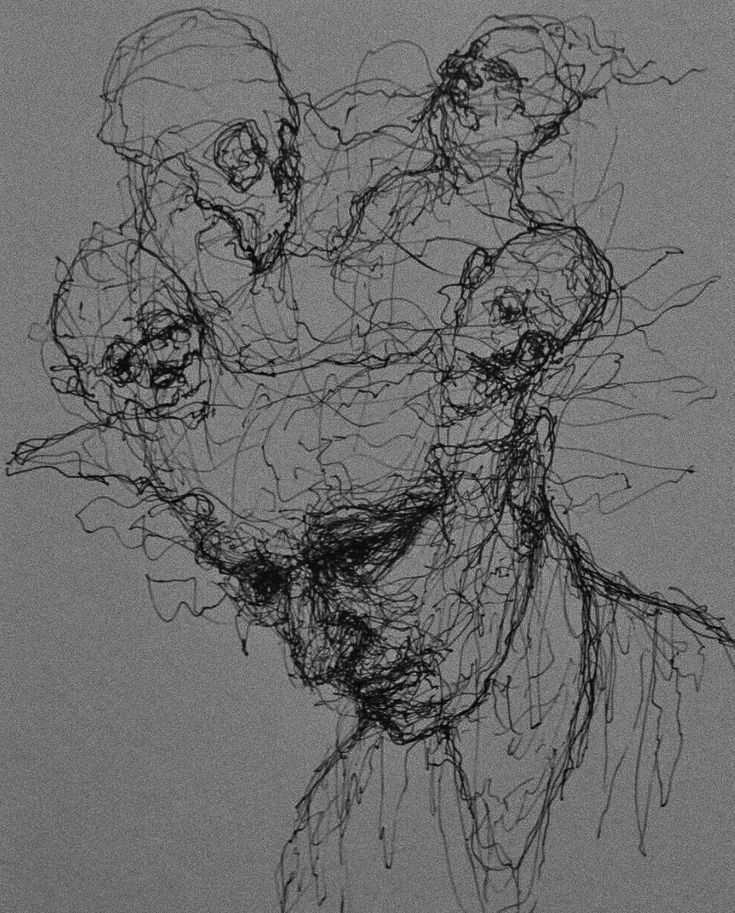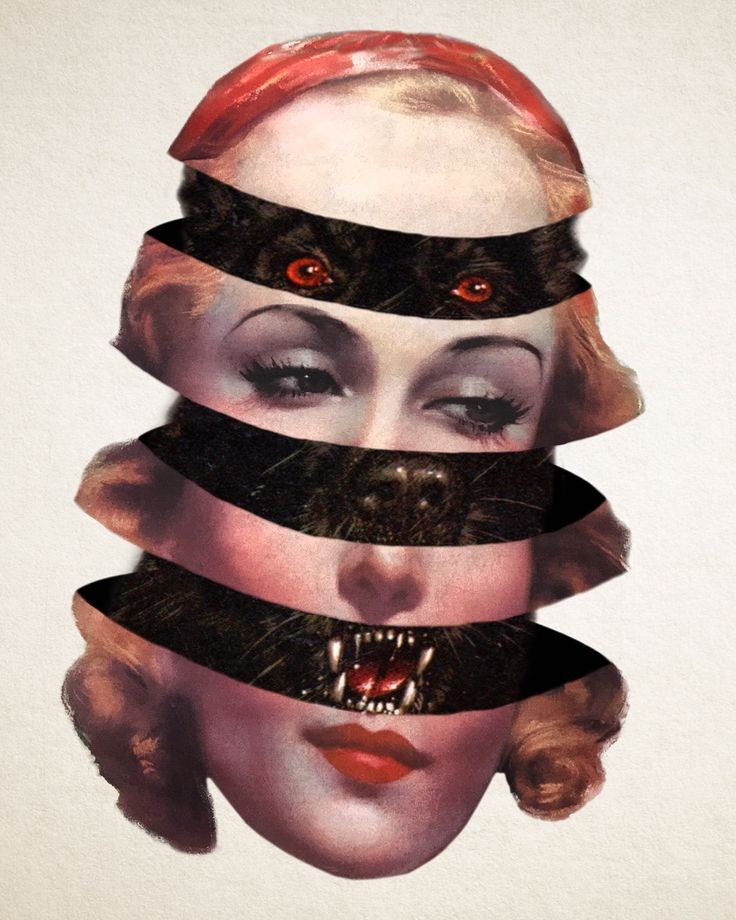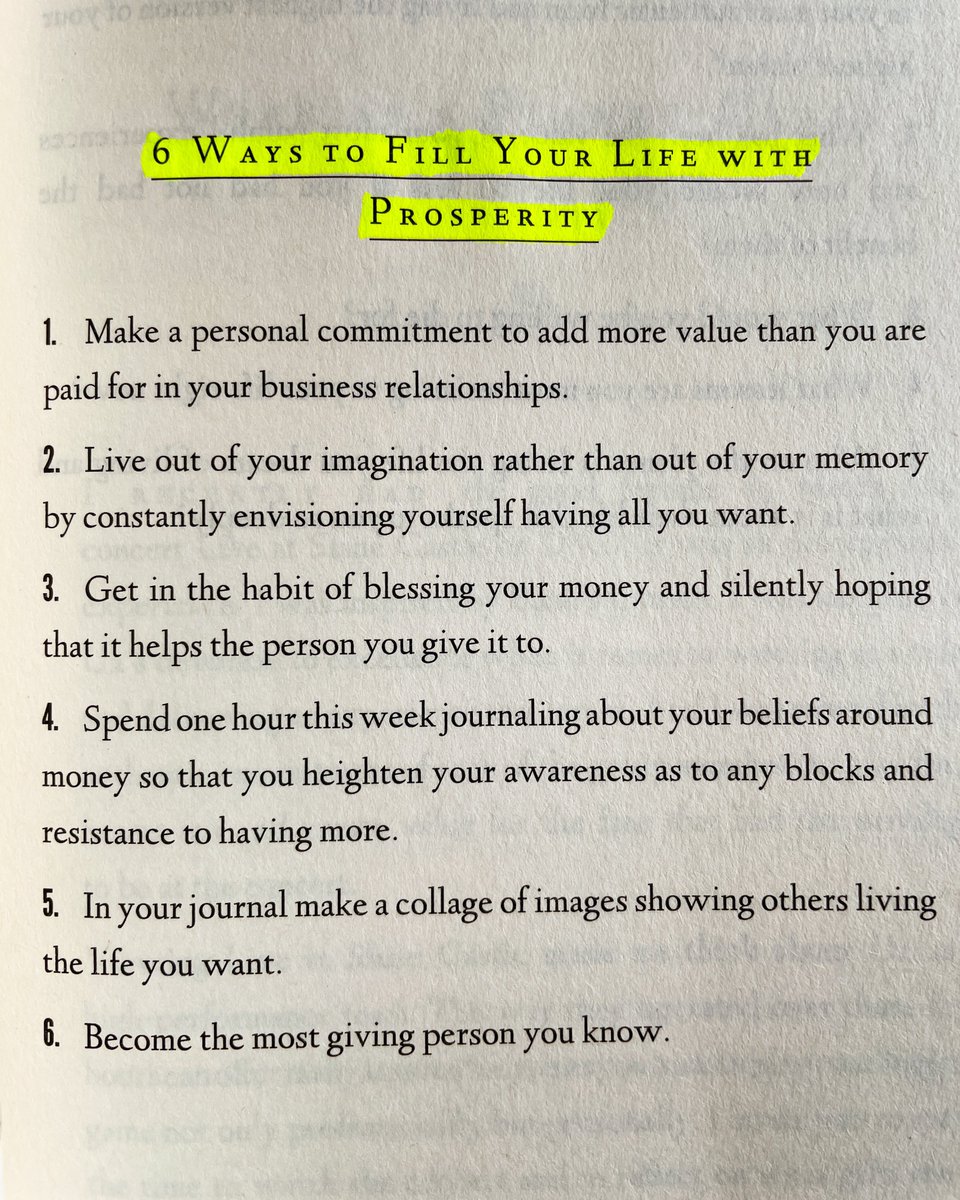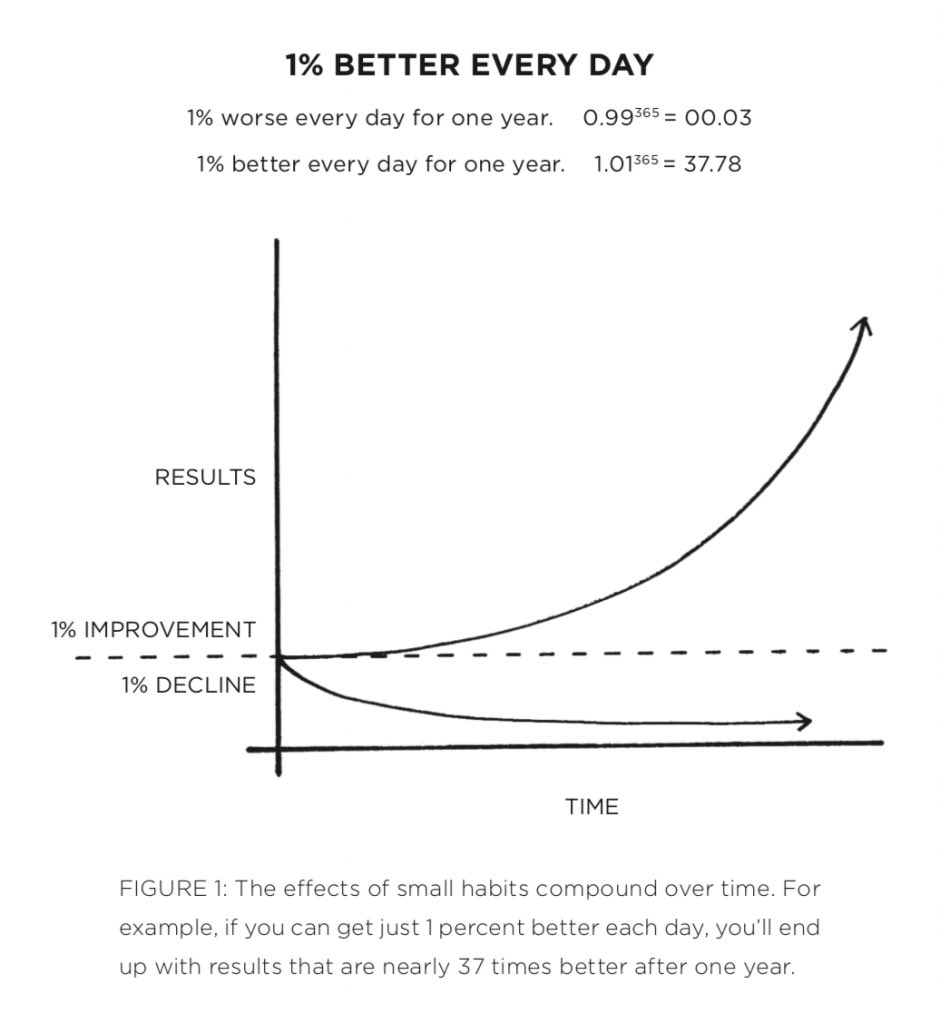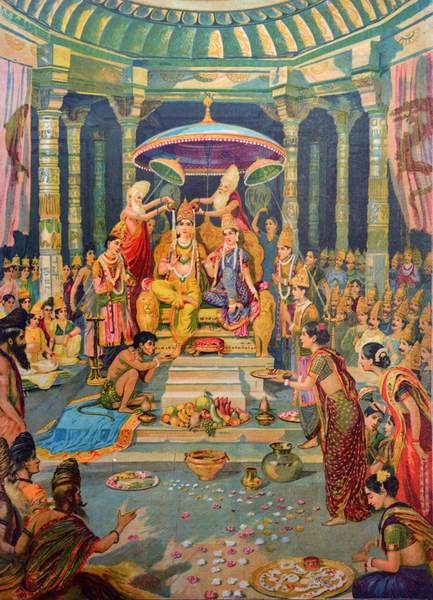1./ Dear Funto,
Please leave my husband alone.
Depending on your personality, you think you know me. You assume you understand the situation. Gbenro has probably told you that we have a difficult marriage. He’s explained to you that I don’t understand him.
Has Gbenro told you that the money belongs to me? Did he explain to you that although he is the CEO of the company that I am in fact the owner
Why am I a suburban housewife? This is the life I have chosen. I decided early on that I want to stay at home
You wonder why I stay at home and allow Gbenro to get away with his infidelities? Why don’t I walk away? In your opinion; you know you wouldn’t stand for it. He wouldn’t dare it with you? These are your thoughts? Am I correct?
I have decided I can live with his flaw and I love him enough to ask you to leave him alone.
Gbenro like many human beings wants to eat his cake and have it. If he wanted out of this marriage, he would have left before now.
You want the suave, sophisticated Gbenro he projects to the world.
Oh; I’m sure you think he’s such a generous man. How will you give up such sweet generosity?
Yes he is; but generous with whose money? My trust fund is so tightly stitched up despite what you think,
Oh, but he’s so well-endowed & such a great lover. You don’t want to lose that. (Wry smile). Indeed he is. He is all these things& more. This and other reasons I won’t go into is why I will fight to keep him.
I love my husband and my children love their father. They know nothing about his infidelities and I would go to great lengths to keep them in the dark because we are a happy family.
More from Book
You May Also Like
“We don’t negotiate salaries” is a negotiation tactic.
Always. No, your company is not an exception.
A tactic I don’t appreciate at all because of how unfairly it penalizes low-leverage, junior employees, and those loyal enough not to question it, but that’s negotiation for you after all. Weaponized information asymmetry.
Listen to Aditya
And by the way, you should never be worried that an offer would be withdrawn if you politely negotiate.
I have seen this happen *extremely* rarely, mostly to women, and anyway is a giant red flag. It suggests you probably didn’t want to work there.
You wish there was no negotiating so it would all be more fair? I feel you, but it’s not happening.
Instead, negotiate hard, use your privilege, and then go and share numbers with your underrepresented and underpaid colleagues. […]
Always. No, your company is not an exception.
A tactic I don’t appreciate at all because of how unfairly it penalizes low-leverage, junior employees, and those loyal enough not to question it, but that’s negotiation for you after all. Weaponized information asymmetry.
Listen to Aditya
"we don't negotiate salaries" really means "we'd prefer to negotiate massive signing bonuses and equity grants, but we'll negotiate salary if you REALLY insist" https://t.co/80k7nWAMoK
— Aditya Mukerjee, the Otterrific \U0001f3f3\ufe0f\u200d\U0001f308 (@chimeracoder) December 4, 2018
And by the way, you should never be worried that an offer would be withdrawn if you politely negotiate.
I have seen this happen *extremely* rarely, mostly to women, and anyway is a giant red flag. It suggests you probably didn’t want to work there.
You wish there was no negotiating so it would all be more fair? I feel you, but it’s not happening.
Instead, negotiate hard, use your privilege, and then go and share numbers with your underrepresented and underpaid colleagues. […]
H was always unseen in S2NL :)
Those who exited at 1500 needed money. They can always come back near 969. Those who exited at 230 also needed money. They can come back near 95.
Those who sold L @ 660 can always come back at 360. Those who sold S last week can be back @ 301
Those who exited at 1500 needed money. They can always come back near 969. Those who exited at 230 also needed money. They can come back near 95.
Those who sold L @ 660 can always come back at 360. Those who sold S last week can be back @ 301
Sir, Log yahan.. 13 days patience nhi rakh sakte aur aap 2013 ki baat kar rahe ho. Even Aap Ready made portfolio banakar bhi de do to bhi wo 1 month me hi EXIT kar denge \U0001f602
— BhavinKhengarSuratGujarat (@IntradayWithBRK) September 19, 2021
Neuland 2700 se 1500 & Sequent 330 to 230 kya huwa.. 99% retailers/investors twitter par charcha n EXIT\U0001f602


